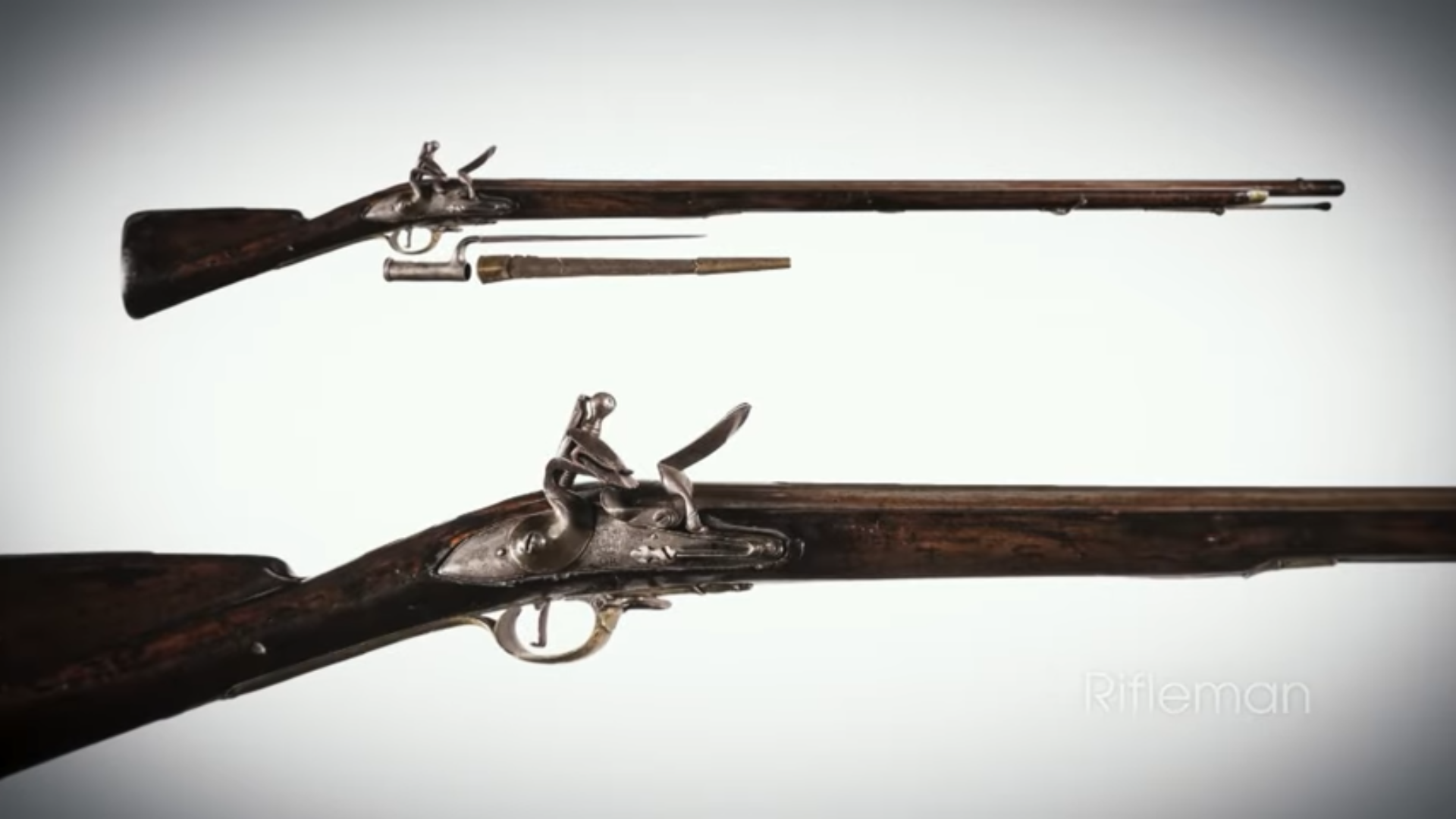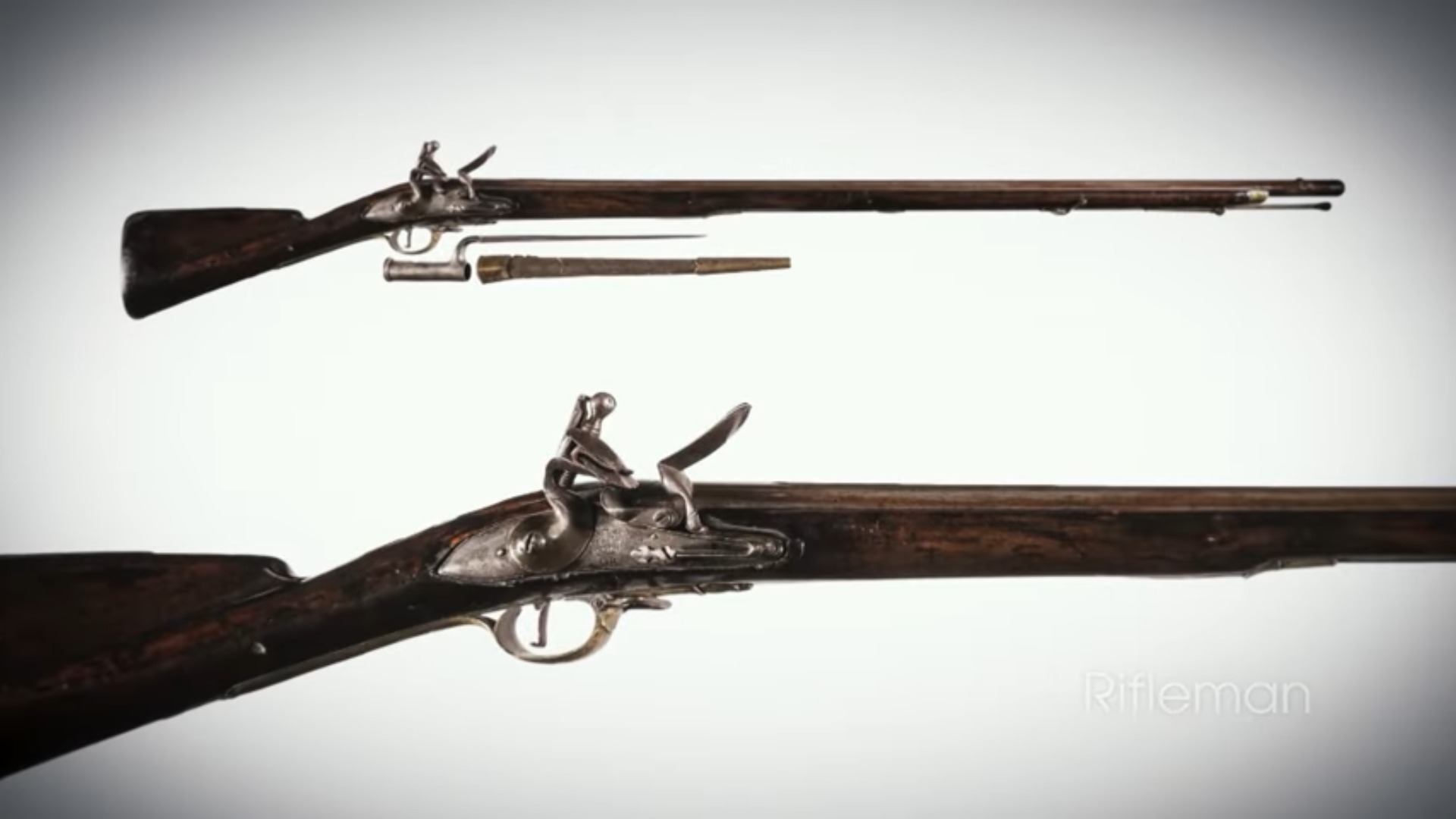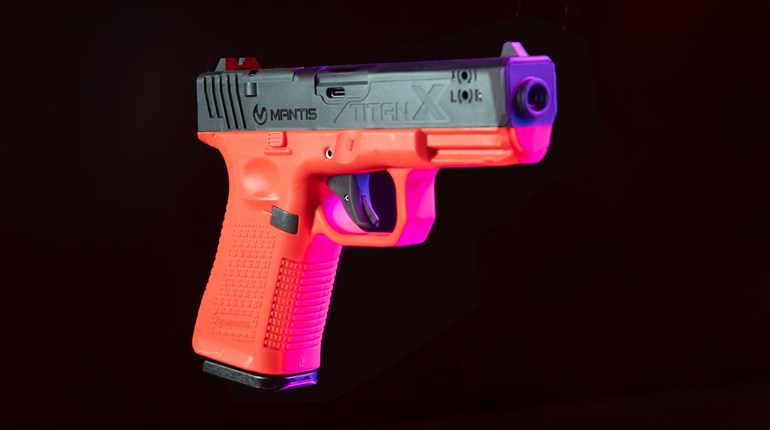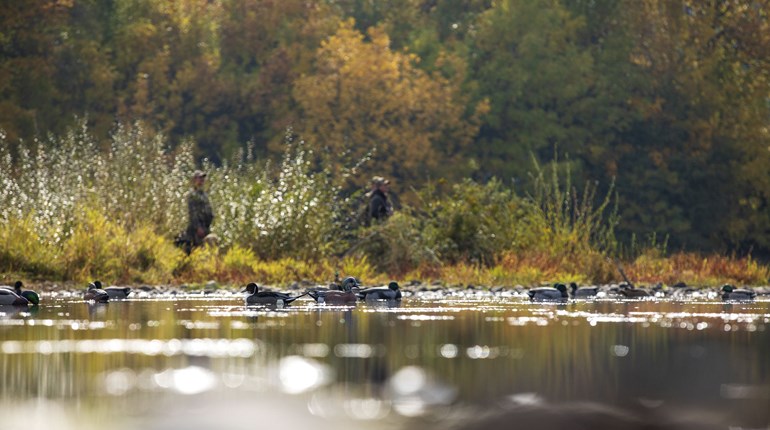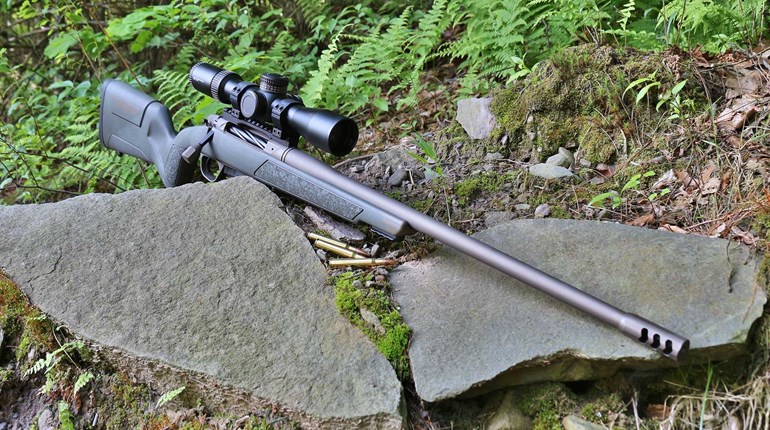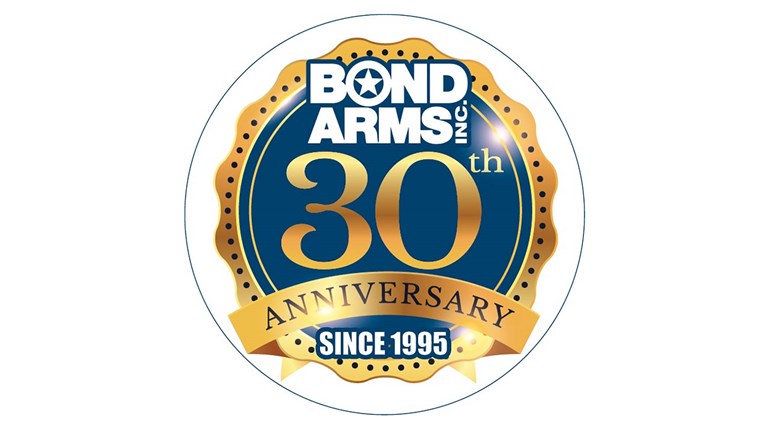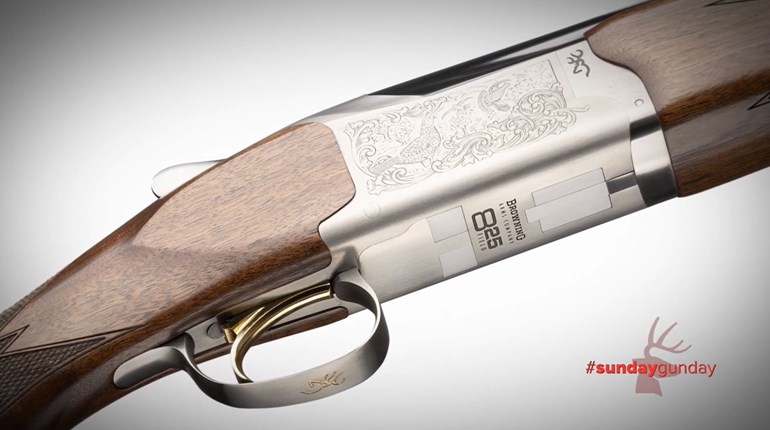
There many, many drills out there that will help new pistol owners improve their marksmanship. Unfortunately, a good many of them require a pistol bay or an outdoor range where you can set up multiple targets and shoot as fast as you can. If you’re like many Americans, though, you live in a city where you can’t set up a backyard range. While you should have a regular dry-fire practice routine which helps develop your pistol skills, there comes a point where you have to put those skills into practice and try some live-fire training at a local indoor range...even if it doesn’t allow for “rapid fire” or drawing from a holster.
1. Bring Your Own
Most indoor ranges provide rental eye and ear protection to people renting their shooting lanes, but I prefer to bring my own. Yes, you can play golf with rented clubs, and you can also explore America’s waterways with a rented kayak. However, at some point, if you’re serious about your sport, you get the gear you need to excel at that sport. The same is true with defensive pistol shooting. Renting ear protection and eye protection is a valid option, but I prefer to use my own electronic earmuffs which allow for normal conversation but automatically cut out the loud noise of a gunshot. Because they allow you to hone in on a technique with a minimum of interruption, extra magazines are a must-have for the serious shooter. Speaking of magazine changes, I like to bring along a small shoebox or similar container if I know I’m going to be practicing reloads in an indoor lane, so I can drop my empty mag into the box and not have it bounce around in front of the other shooters, setting up a potential safety hazard.
2. Safety, Safety, Safety
Speaking of safety, the rules of gun safety apply just as much inside an indoor gun range as they do in the backwoods or at a pistol match. Always treat your guns as if they were loaded, and only uncase or unholster them when you are on the firing line. Keep the muzzle pointed at the backstop downrange at all times, even when uncasing your guns. Keep your finger off the trigger until you are ready to shoot: If your sights are not on your target of choice, you’re not ready to shoot it. Lastly, if your target is placed so that you might be shooting the target carrier or the walls or something other than the backstop of the range, stop what you’re doing and bring a range safety officer over to help set things right.
3. Master Your Gun's Controls
Getting familiar with your gun is an often-overlooked element of marksmanship, especially in defensive scenarios. Fumbling for the magazine release or searching for a manual safety can make the difference between life and death. Spending a few minutes in your lane with your gun pointed in a safe direction will improve your confidence with your gun and how it operates, leaving you free to concentrate on other tasks. Take some time in every range session to learn how to manipulate the controls of your gun so that eventually, you can safely load and unload your gun and manipulate all the controls without conscious thought.
4. Be Realistic
Understanding that you probably are not as good a shot as you think you are is a key element to improving your skill with a pistol. We understand that becoming a skilled martial artist takes years and years of commitment, but for some reason, we expect we'll be expert marksmen right out of the gate. If you’ve been to a public range, you’ve no doubt seen target after target that has no discernible pattern or grouping to the shots on paper. Instead, the target looks like it’s been hit multiple times with a shotgun, with no rhyme or reason to how the holes appear on the paper. And that's OK; think of it as your starting point.
5. Run Drills
Repeatability and consistency are key elements of marksmanship. Getting a lucky shot that hits the center of the bullseye is one thing; getting a hit like that over again and again and again requires practice. Developing a smooth, consistent trigger press is essential to improving your accuracy, and the ball and dummy drill is an easy way to see how your sights are moving as you pull the trigger. You can set up this drill yourself by randomly mixing in either a dummy round or an empty shell casing every two or three rounds inside a magazine and then shuffling your magazines around so you don’t know which one has the dummy rounds. If your sights move on the trigger press for the dummy round, it’s a clear sign you need more help developing a smooth and consistent trigger press.
Another good drill for the indoor range is the deceptively simple 3x5 Drill, which helps you learn how to shoot tight, precise groups on demand, regardless of distance. Starting off at 3 yards (or whatever the minimum shooting distance is for your range), and with no time limit, the goal of this drill is to put six shots into a 3x5 index card with maximum accuracy (and if you’re really good, do it with just one hand). You can only shoot the 3x5 Drill well if you are paying attention at all times to the fundamentals of pistol accuracy by maintaining a strong grip on the gun and getting a good sight picture and a smooth, repeatable trigger press. This drill helps instill the feeling of making repeated well-aimed shots without time pressure, helping you to be able to make them on-demand, when time pressure is definitely working against you.
Shooting stuff on the range is fun, but shooting stuff well and on-demand is even more fun, and also very satisfying. With these drills and others like them, you don’t need to have ready access to an outdoor range to get better with your defensive pistol, you just need the will to improve your shooting and the desire to learn from your mistakes.





